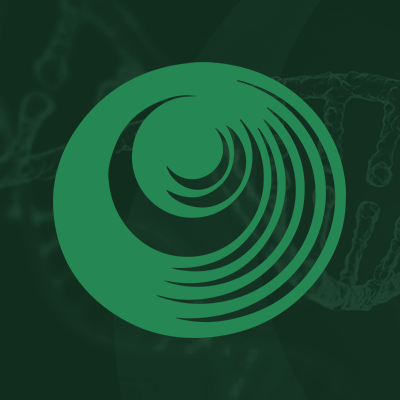Research Papers:
A novel HMGA1-CCNE2-YAP axis regulates breast cancer aggressiveness
PDF | HTML | Supplementary Files | How to cite
Metrics: PDF 3753 views | HTML 4480 views | ?
Abstract
Silvia Pegoraro1,*, Gloria Ros1,*, Yari Ciani1,2, Riccardo Sgarra1, Silvano Piazza2 and Guidalberto Manfioletti1
1 Dipartimento di Scienze della Vita, Università degli Studi di Trieste, Trieste, Italy
2 Laboratorio Nazionale CIB (LNCIB), Area Science Park, Trieste, Italy
* These authors have contributed equally to this work
Correspondence to:
Guidalberto Manfioletti, email:
Silvano Piazza, email:
Keywords: cyclin E2, YAP/TAZ, hippo pathway, CDK inhibitors, oncogene/tumour suppressor
Received: October 20, 2014 Accepted: May 12, 2015 Published: May 22, 2015
Abstract
High Mobility Group A1 (HMGA1) is an architectural chromatin factor that promotes neoplastic transformation and progression. However, the mechanism by which HMGA1 exerts its oncogenic function is not fully understood. Here, we show that cyclin E2 (CCNE2) acts downstream of HMGA1 to regulate the motility and invasiveness of basal-like breast cancer cells by promoting the nuclear localization and activity of YAP, the downstream mediator of the Hippo pathway. Mechanistically, the activity of MST1/2 and LATS1/2, the core kinases of the Hippo pathway, are required for the HMGA1- and CCNE2-mediated regulation of YAP localization. In breast cancer patients, high levels of HMGA1 and CCNE2 expression are associated with the YAP/TAZ signature, supporting this connection. Moreover, we provide evidence that CDK inhibitors induce the translocation of YAP from the nucleus to the cytoplasm, resulting in a decrease in its activity. These findings reveal an association between HMGA1 and the Hippo pathway that is relevant to stem cell biology, tissue homeostasis, and cancer.
 All site content, except where otherwise noted, is licensed under a Creative Commons Attribution 4.0 License.
All site content, except where otherwise noted, is licensed under a Creative Commons Attribution 4.0 License.
PII: 4236

